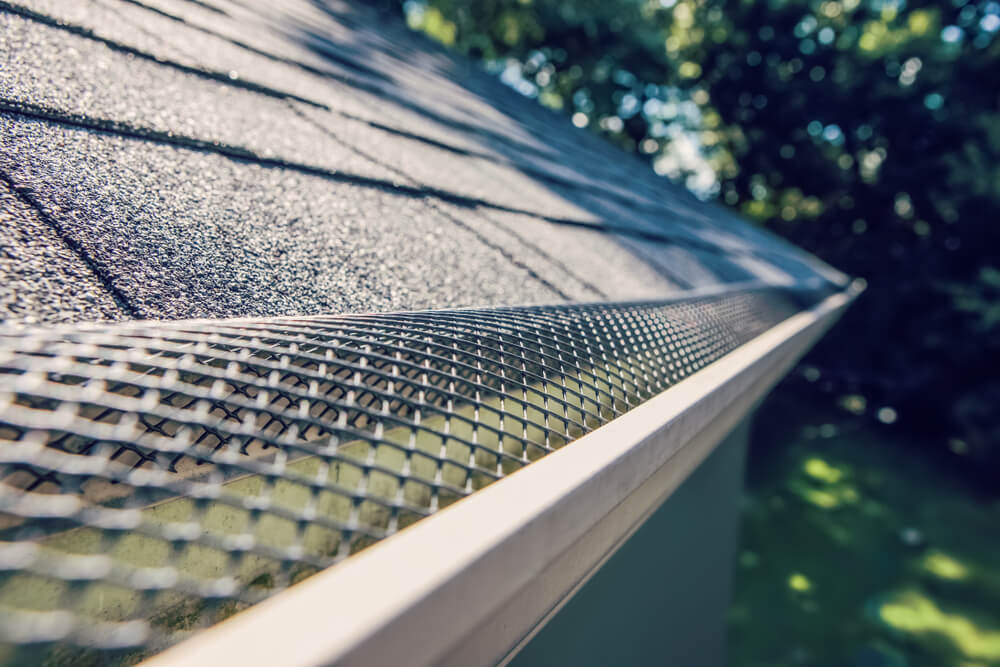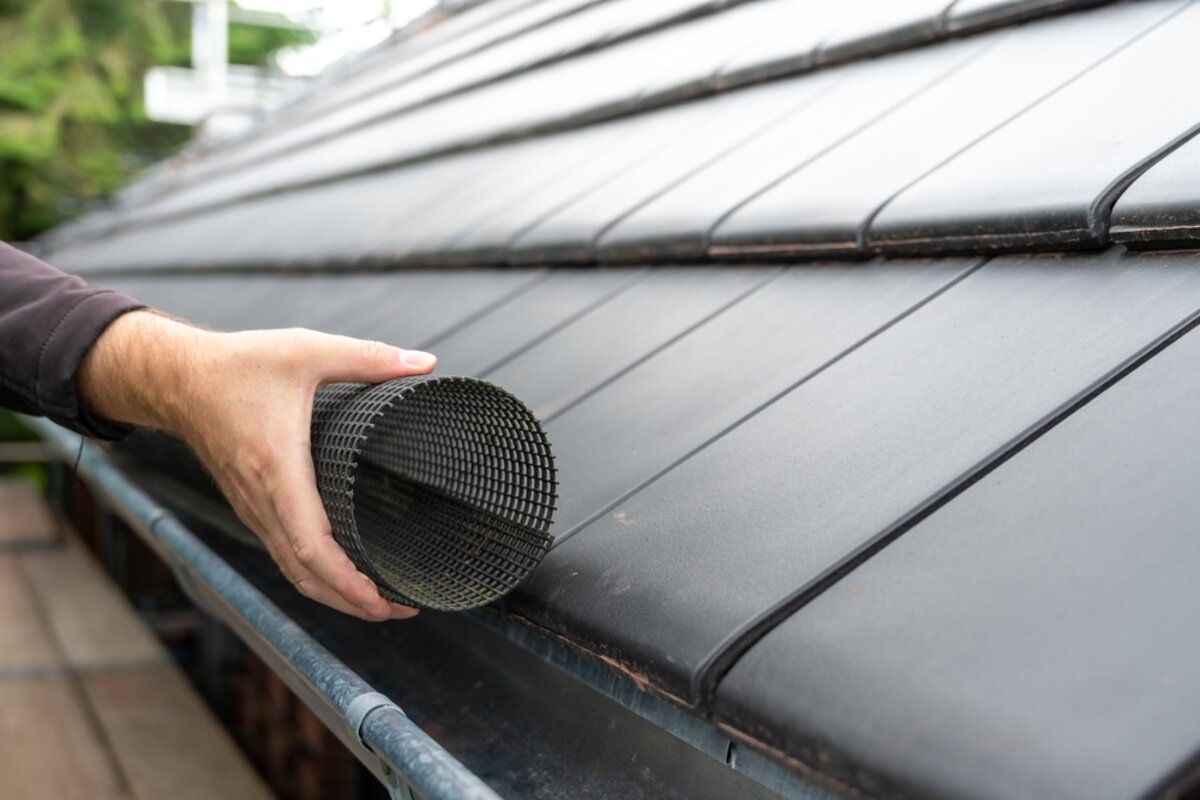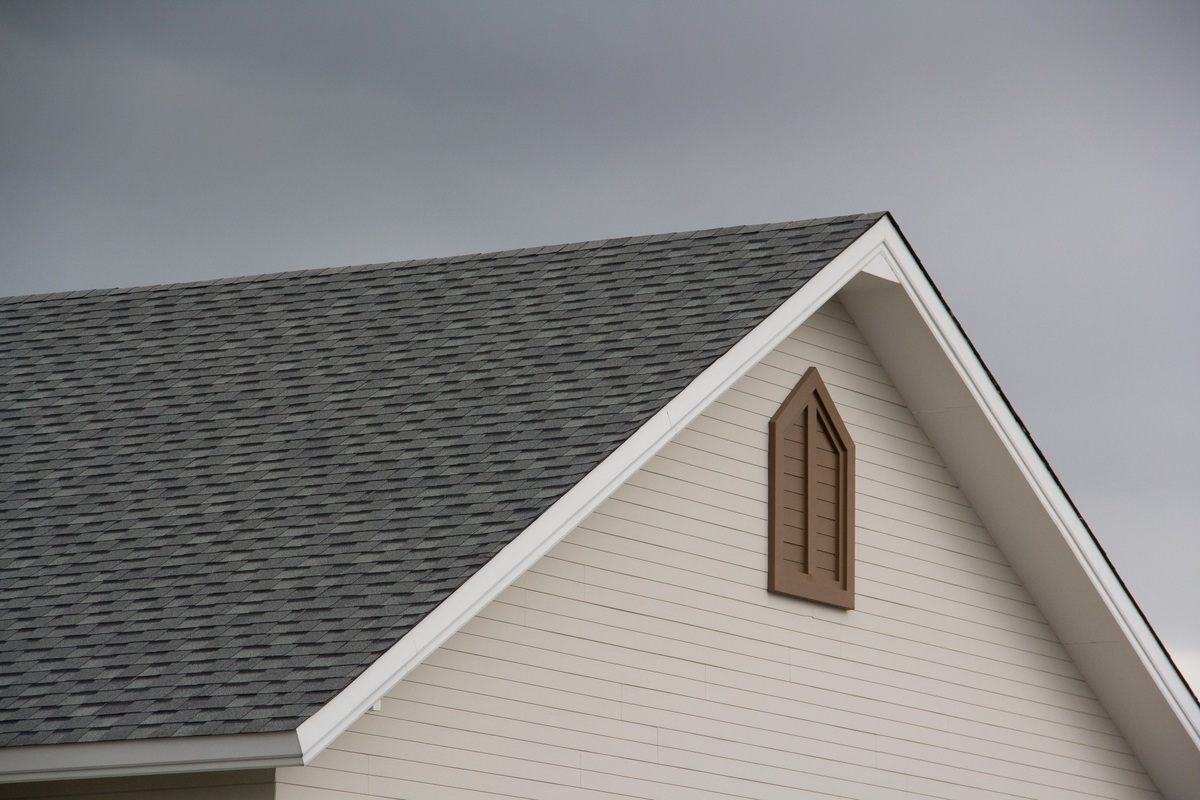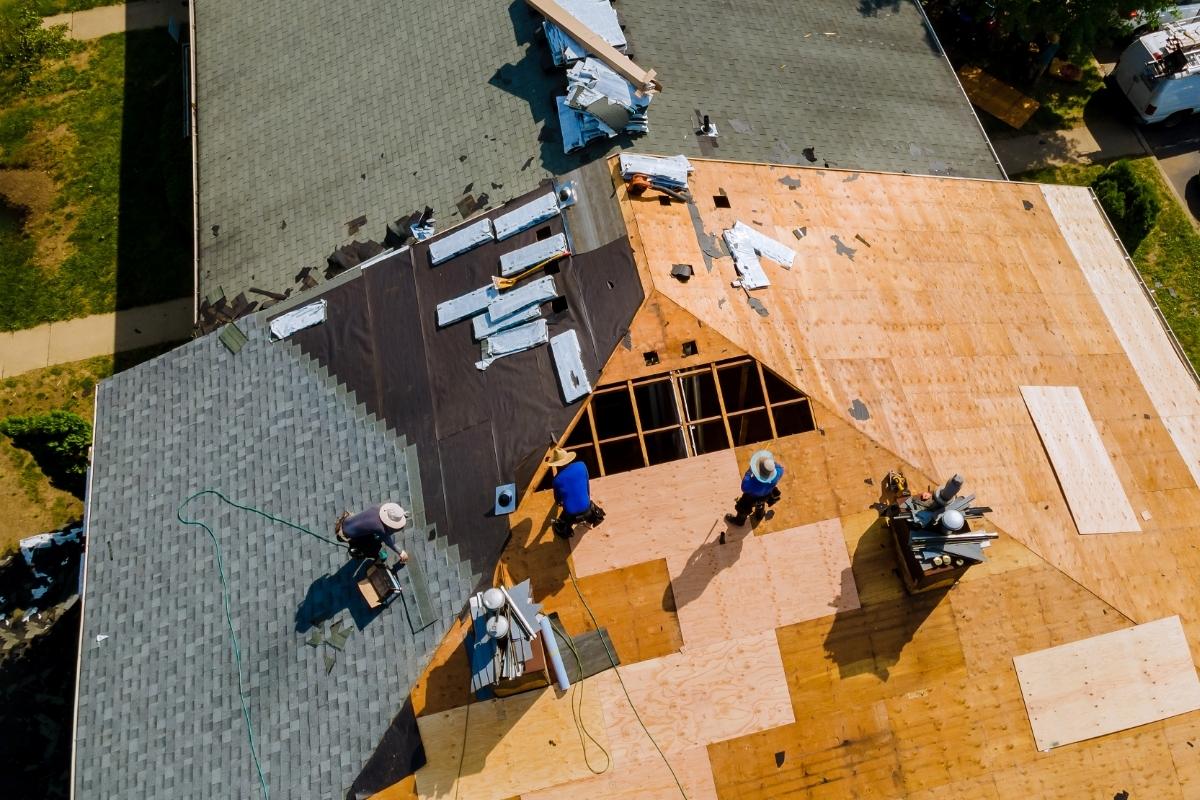Gutter guards play a critical role in protecting your home from water damage by keeping leaves, debris, and pests out of your gutters. However, like any other home improvement feature, they don’t last forever. If your gutter guards aren’t working as efficiently as they once did, they could be putting your home at risk. Knowing when to replace them can save you from costly repairs and prevent significant damage. Here are five clear signs that it’s time to replace your gutter guards.
1. Frequent Clogs and Overflowing Water
One of the main reasons homeowners install gutter guards is to reduce clogs. If you notice water spilling over the edges of your gutters or frequent blockages, your guards may no longer be effective. This can happen when the mesh or screen deteriorates, allowing debris to accumulate.
How to Check for Clogs
- Look for water pooling around your home’s foundation after rain.
- Check for leaves and debris stuck in your gutters.
- Inspect your downspouts for restricted water flow.
If you see these signs, it may be time to replace your gutter guards to ensure proper water flow and prevent foundation damage.
2. Visible Damage to the Gutter Guards
Over time, exposure to harsh weather conditions can weaken your gutter guards. Cracks, rust, and warping can make them ineffective. Damaged guards won’t properly filter debris, leading to increased maintenance and potential water damage to your home.
Signs of Wear and Tear
- Cracks or breaks in the material
- Rust or corrosion, especially on metal guards
- Warped or bent sections that no longer fit securely
If you notice any of these issues, replacing your gutter guards will restore their ability to protect your gutters and home.
3. Pests and Small Animals Nesting in Your Gutters
A well-functioning gutter guard system helps keep pests out, which is especially important for preventing roof storm damage. If you start seeing birds, rodents, or insects nesting in your gutters, your guards may have gaps or damage that allow them to enter. Once pests establish a home in your gutters, they can cause blockages, spread diseases, and even damage your roof.
How to Identify Pest Problems
- Droppings or nesting materials in your gutters
- Increased insect activity around your roofline
- Unusual noises coming from your gutters
Replacing your gutter guards with a more secure and durable option can help prevent pest infestations and keep your home safe.
4. Water Damage on Your Home’s Exterior
When gutter guards fail, water can overflow and damage your siding, foundation, and landscaping. Water stains on your home’s exterior or erosion around your property could indicate that your gutter system isn’t effectively directing water away.
Signs of Water Damage
- Discoloration or streaks on siding
- Mold or mildew near your gutters
- Washed-out soil around your foundation
Ignoring these signs can lead to more extensive and expensive repairs. If your gutter guards are no longer preventing water damage, replacing them should be a priority.
5. Your Gutter Guards Are Old and Outdated
Like any home improvement product, gutter guards have a lifespan. If yours have existed for many years, they may no longer be as effective as newer designs. Advances in gutter guard technology mean modern options offer better durability and efficiency. To upgrade your home’s protection with these newer systems, it’s essential to understand how to install gutter guards on existing gutters.
When to Upgrade
- If your guards are over 10 years old
- If you constantly have to clean or maintain them
- If they no longer fit properly after home renovations
Upgrading to a newer, high-quality system can provide better protection and reduce maintenance needs in the long run.
Final Thoughts

Your home’s gutter system is essential for preventing water damage, and having reliable gutter guards is a crucial part of that protection. If you’ve noticed frequent clogs, visible damage, pest issues, or signs of water damage, it may be time to replace your gutter guards. Staying proactive can help you avoid costly repairs and ensure your home remains safe from the damaging effects of water. For expert advice and professional installation, contact DryTech Exteriors today.




